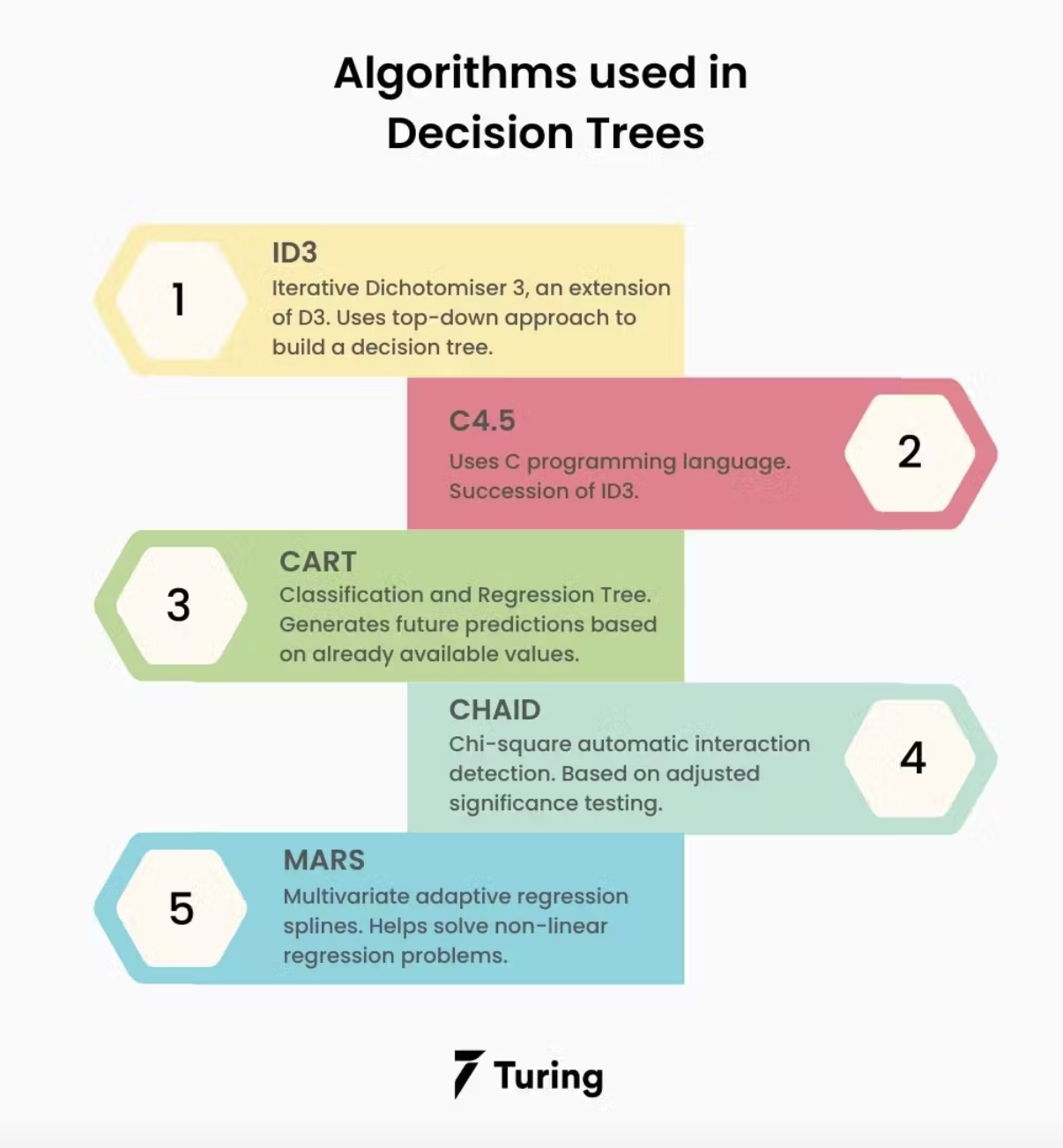Thank you for joining the latest edition of my newsletter! I’m excited to share some amazing insights and stories from the tech and business world.
In this issue, we’re going to take a look at Apple’s latest adventure into Generative AI – it’s pretty fascinating stuff and might just change how we think about our gadgets.
We’ll also dive into the world of decision trees in business analytics. These aren’t your average trees – they’re super useful tools for making smart decisions when things get complicated.
So, grab a cup of coffee, and let’s get into these awesome topics that are shaking up the tech and business scene!
Apple’s Generative AI Revolution: The Silent Evolution of Technology
The Understated Journey of Apple into Generative AI
While Apple is known for its reticence regarding future projects, recent developments and statements have brought to light their significant investment in the field of Generative AI. This section explores Apple’s strategic moves, the potential impact on the tech industry, and what this could mean for users worldwide.

- Tim Cook’s Tease and Its Implications:
- A Hint at the Future: As reported by The Verge, Apple CEO Tim Cook’s mention of integrating generative AI into iPhones points towards a new era of smartphone technology.
- Enhanced User Experience: This integration could revolutionize how users interact with their devices, offering more personalized, intuitive, and intelligent functionalities.
- Apple’s Quiet Acquisitions and Research in AI:
- Strategic Moves: Apple’s acquisition of AI startups and substantial investment in research, while not always publicly disclosed, indicate a deep commitment to AI innovation.
- Building a Robust AI Ecosystem: These acquisitions suggest a focus on developing a more comprehensive AI ecosystem, potentially enhancing various aspects of the iPhone’s software and hardware.
- The Market Impact of Apple’s AI Innovations:
- A Competitive Leap: Apple’s foray into generative AI might give it a unique edge in the highly competitive smartphone market, setting new standards for what users expect from their devices.
- Influencing Industry Trends: As Apple integrates AI more deeply into its products, it could spur similar advancements across the tech industry, leading to a new wave of AI-integrated devices.
- The Future of AI in Apple’s Ecosystem:
- Beyond iPhones: While the immediate focus is on iPhones, Apple’s AI ambitions likely extend to its entire range of products, potentially transforming how users interact with all Apple devices.
- The Role of AI in User Privacy and Security: With Apple’s strong stance on user privacy, its approach to AI will likely emphasize securing user data while enhancing functionality.
- Challenges and Opportunities:
- Balancing Innovation with User Trust: As Apple ventures further into AI, maintaining its reputation for user privacy while innovating will be crucial.
- Potential for New Services and Features: The integration of AI opens doors for new services, like enhanced virtual assistants, AI-driven content creation, and more intuitive user interfaces.
Conclusion: Navigating the AI Landscape with Apple’s Vision
Apple’s journey into the world of Generative AI, though shrouded in its characteristic secrecy, is a testament to the company’s enduring commitment to innovation. As we anticipate the integration of AI in upcoming iPhone models, we stand at the brink of a new technological era. This move by Apple is not just about enhancing a product; it’s about redefining the relationship between technology and its users, shaping the future of the tech industry, and transforming the everyday digital experience.
Sources:
https://www.theverge.com/2024/2/1/24058647/apple-ceo-tim-cook-teases-generative-ai-iphone
https://qz.com/apple-may-be-quiet-on-ai-but-it-s-also-the-biggest-buy-1850872570
Unraveling the Potential of Decision Trees in Business and Machine Learning
In this segment let’s shift our focus to an essential tool in the realm of machine learning and business analytics: decision trees. This powerful method not only simplifies complex decision-making processes but also provides significant insights for businesses striving to make data-driven decisions.
Exploring the Essence of Decision Trees
- What Are Decision Trees?
- A Visual and Analytical Tool: Decision trees are a type of machine learning algorithm that models decisions and their possible consequences, including chance event outcomes, resource costs, and utility. They are represented as tree-like models of decisions.
- Breaking Down Decisions: As outlined by IBM, decision trees help in breaking down complex decisions into simpler, binary choices, making them easier to analyze and understand.
- How Do Decision Trees Work?
- Creating a Decision Framework: Decision trees use branches to represent decision points and leaves to represent outcomes. They start with a single node, then branch off into possible solutions or actions, taking into account uncertainties, costs, and outcomes.
- Algorithmic Approach: In machine learning, these trees are constructed algorithmically, based on the data provided, to make predictions or decisions.

The Significance of Decision Trees in Business and Analytics
- Simplifying Complex Business Decisions:
- Visualizing Decision Paths: Decision trees offer a clear visual representation of choices, making it easier for businesses to understand and navigate complex decision-making scenarios.
- Versatile Application: They can be applied in various fields such as finance, marketing, operations, and human resources for risk analysis, strategy planning, and resource allocation.
- Enhancing Predictive Analytics:
- Predicting Outcomes: Decision trees are powerful in predictive modeling, helping businesses forecast potential outcomes based on historical data.
- Informing Strategic Planning: By understanding potential outcomes, businesses can formulate strategies that are more aligned with their goals and market dynamics.
- Decision Trees in Machine Learning:
- A Key Tool for Data Scientists: Their ease of understanding and implementation makes decision trees a favorite among data scientists.
- Handling Diverse Data Types: They are capable of handling both numerical and categorical data, making them versatile in various machine learning applications.

Challenges and Considerations in Using Decision Trees
- Overfitting:
- Risk of Overfitting: One of the main challenges in using decision trees is the risk of overfitting, where the model becomes too complex and performs poorly on new data.
- Strategies to Prevent Overfitting: Techniques like pruning (removing parts of the tree that provide little power to classify instances) are used to avoid this issue.
- Balance Between Complexity and Usability:
- Finding the Right Model Size: It’s crucial to balance the depth and breadth of the tree to ensure it’s both accurate and interpretable.
- Regular Updates and Reviews: Regularly reviewing and updating the decision tree models is essential to keep them relevant and accurate.
Conclusion: Leveraging Decision Trees for Smarter Business Decisions
Decision trees stand out as a powerful tool in the arsenal of modern businesses and data analysts. By enabling a deeper understanding of complex decision processes and providing a clear roadmap of potential outcomes, they empower businesses to make more informed, data-driven decisions. As we continue to witness advancements in machine learning and analytics, the role of decision trees is likely to become even more significant, driving smarter, more effective business strategies.
Sources:

